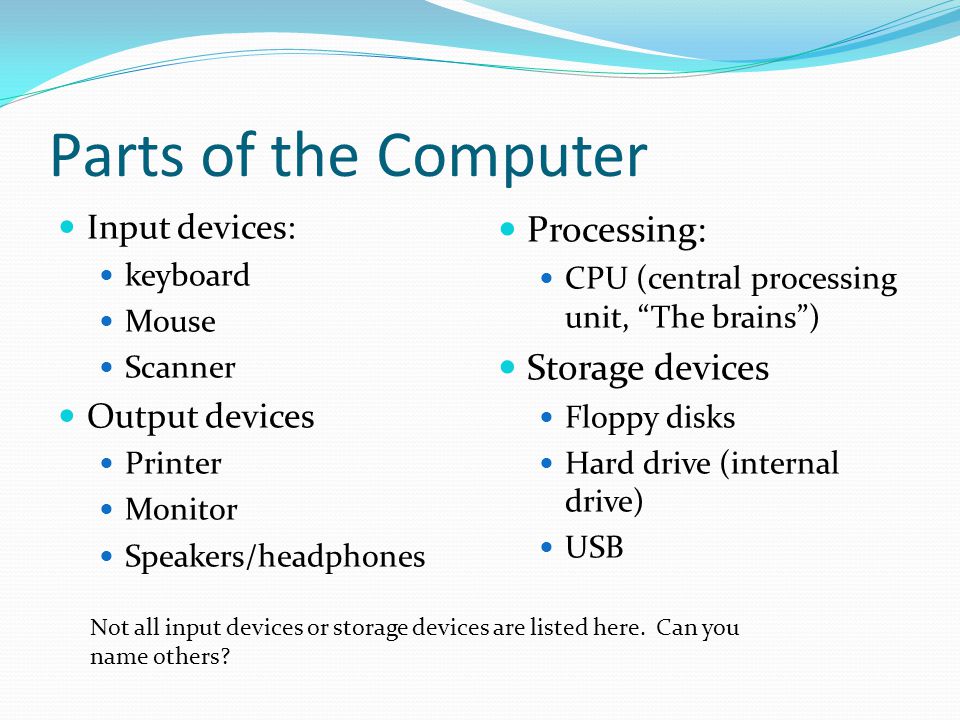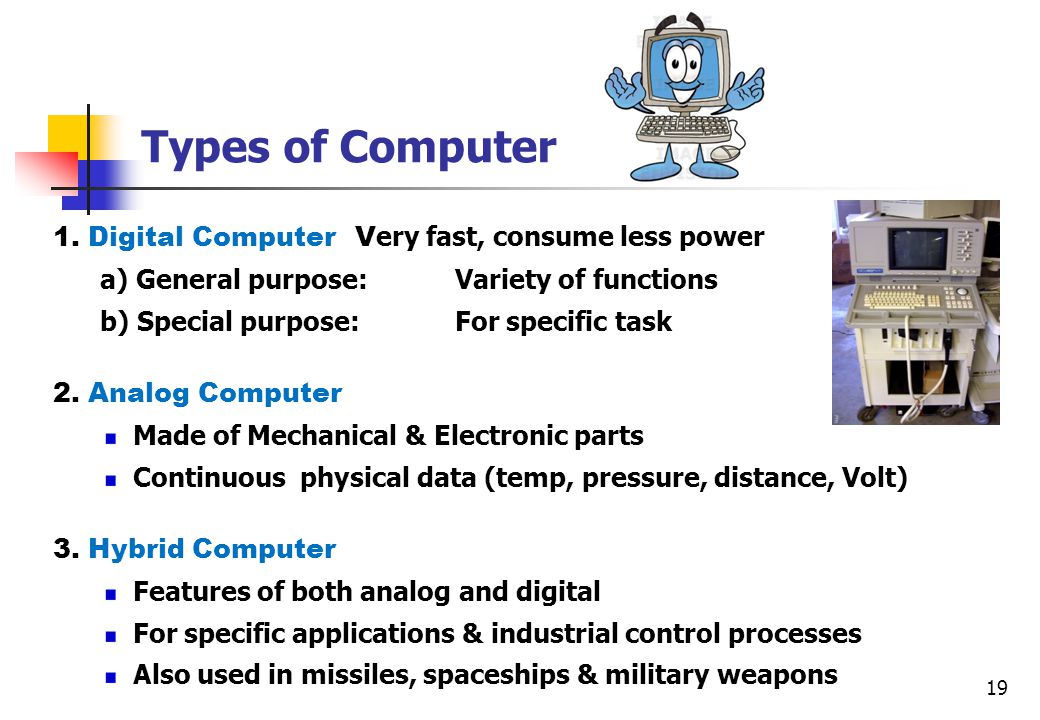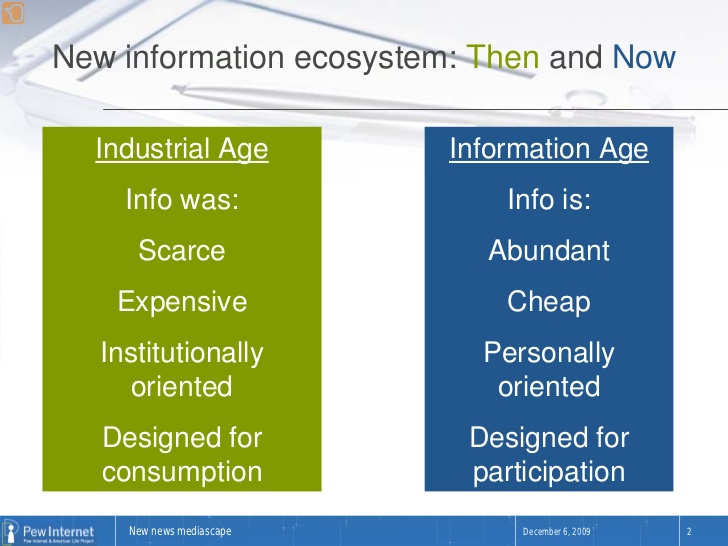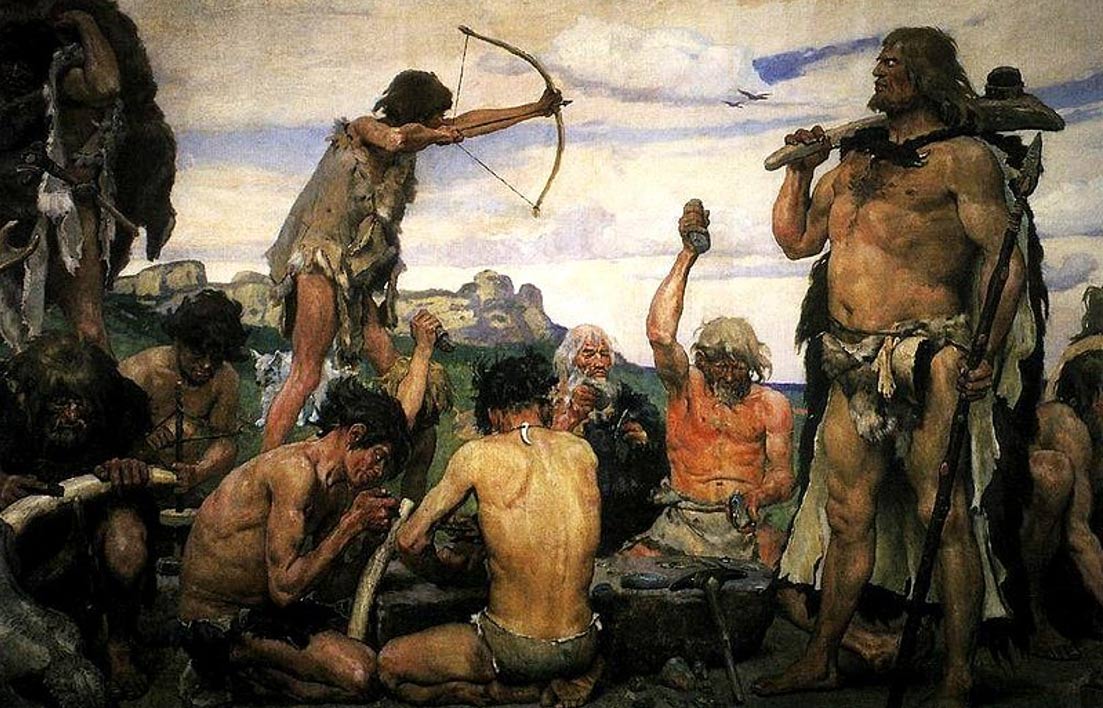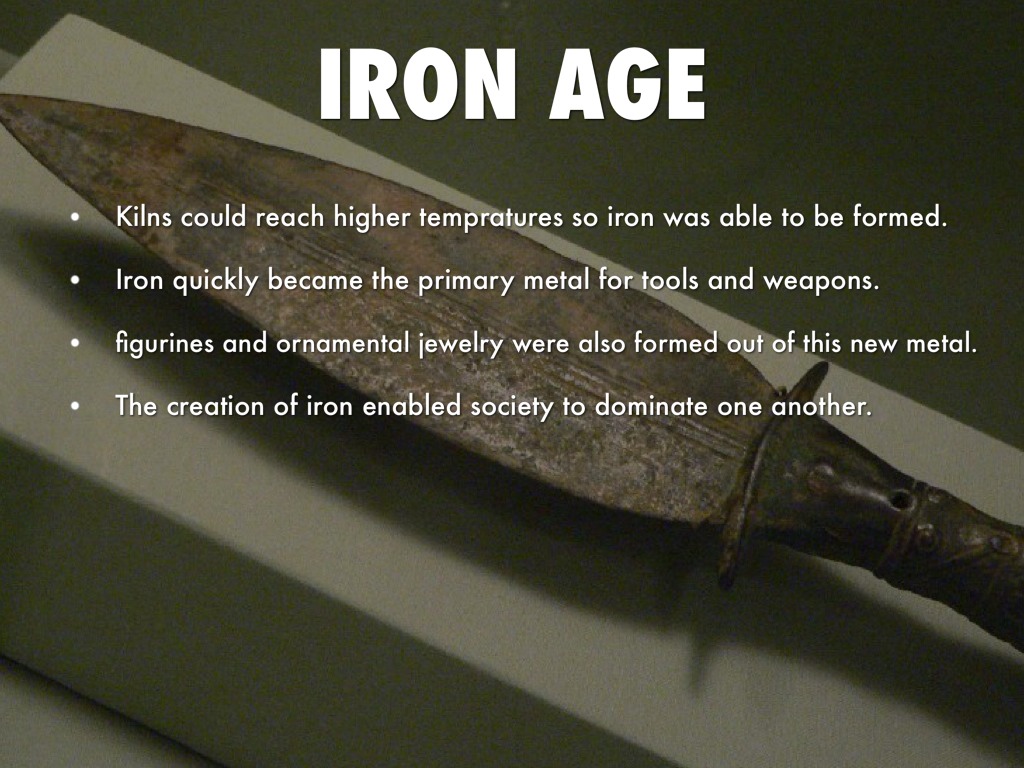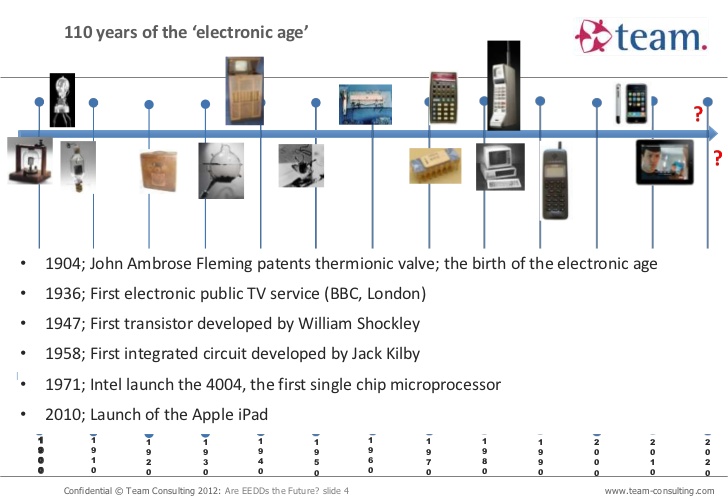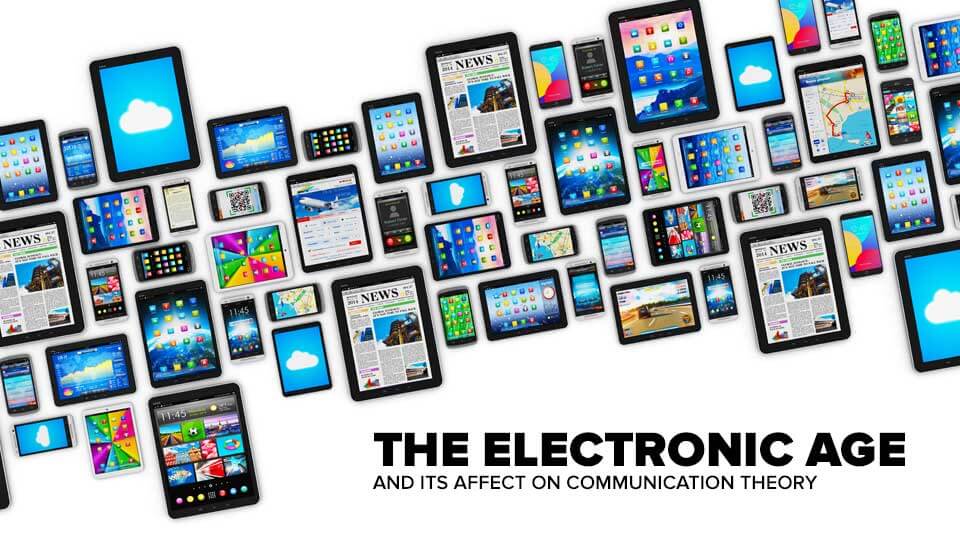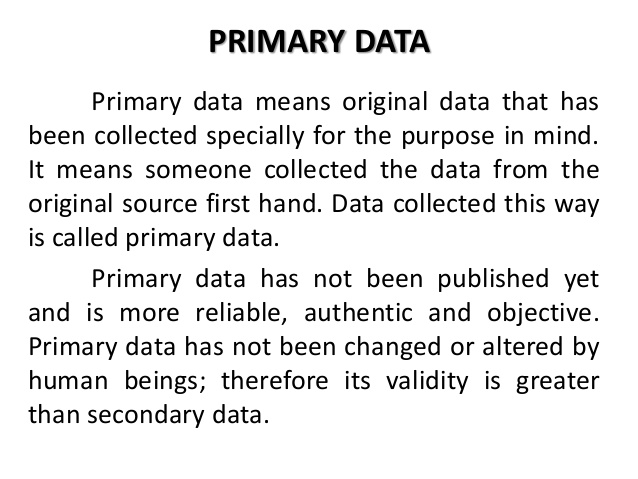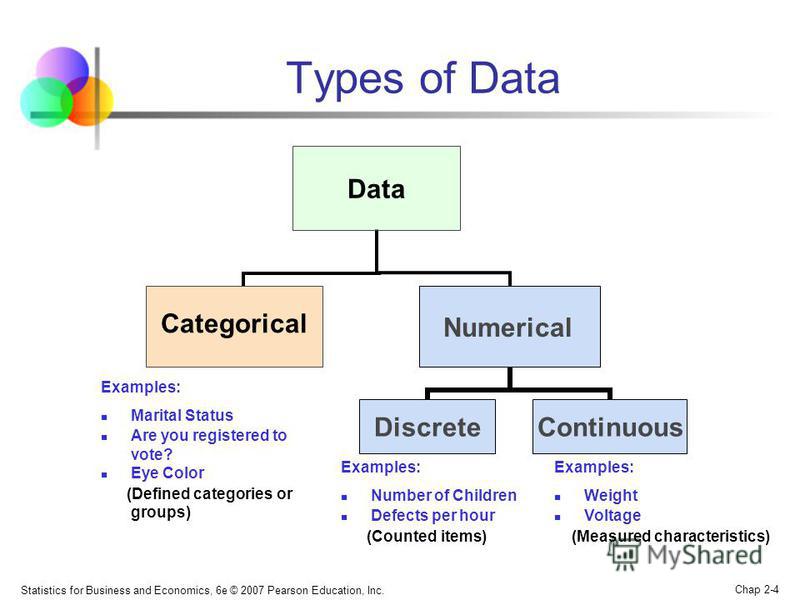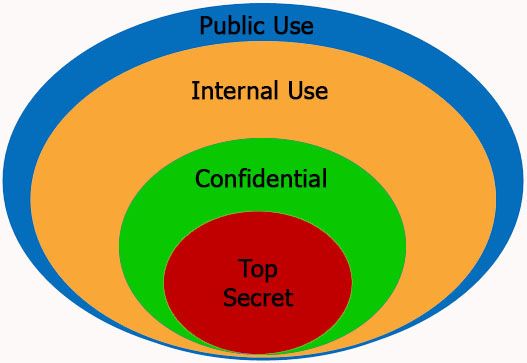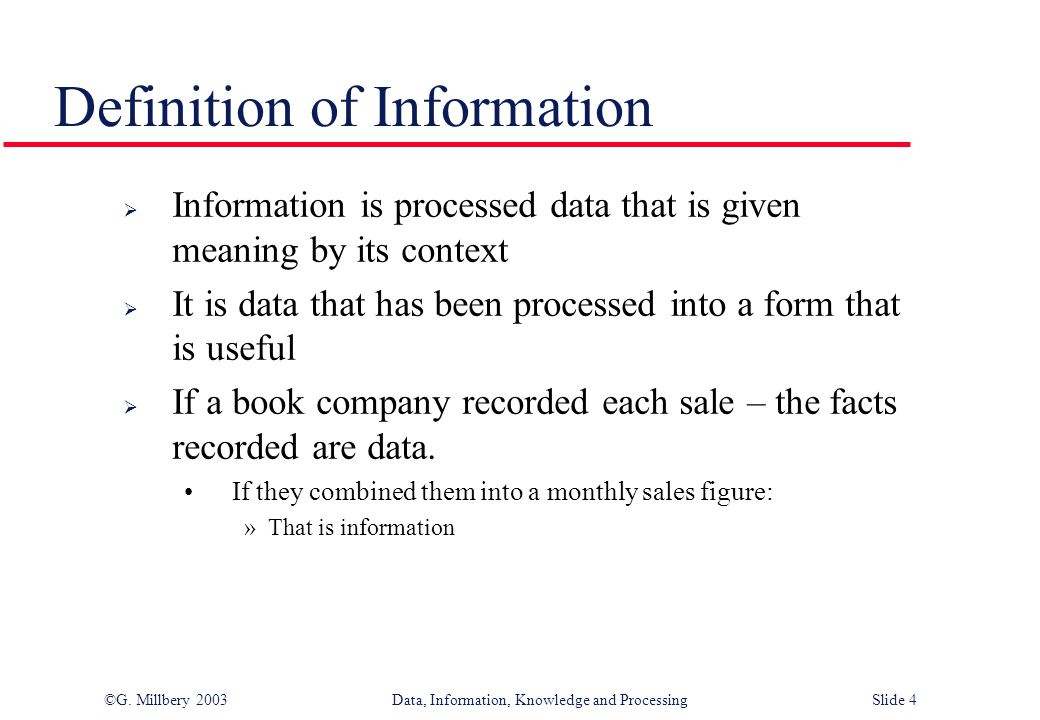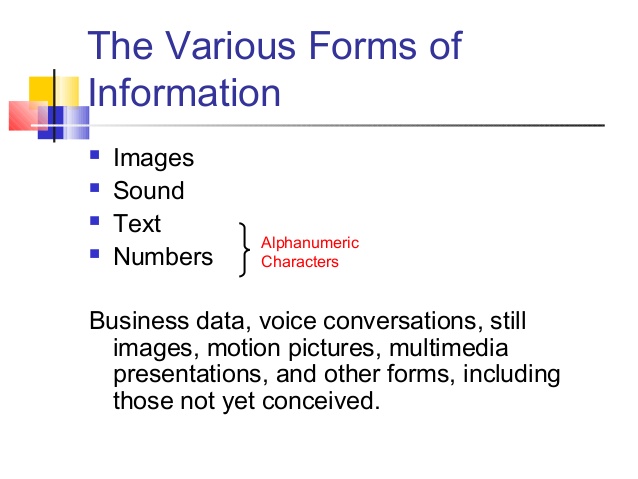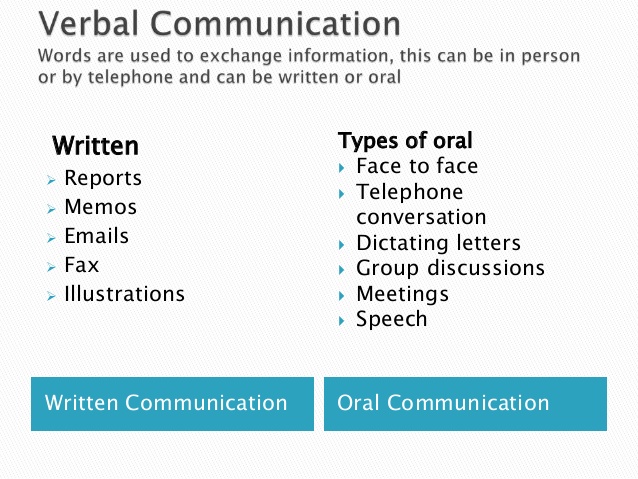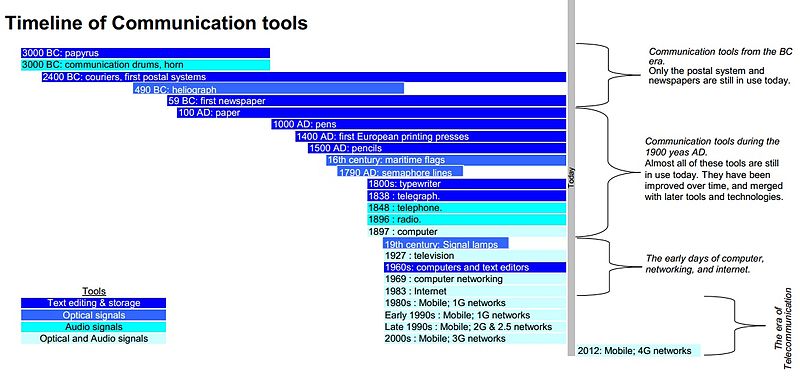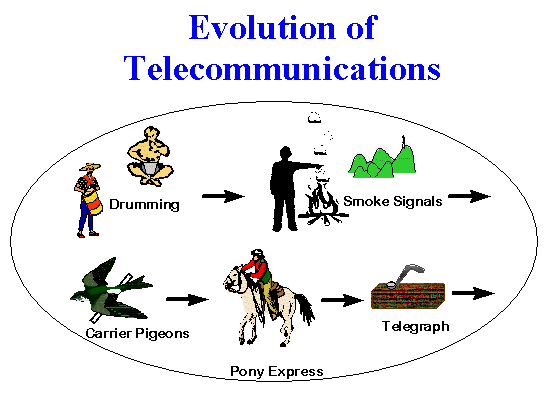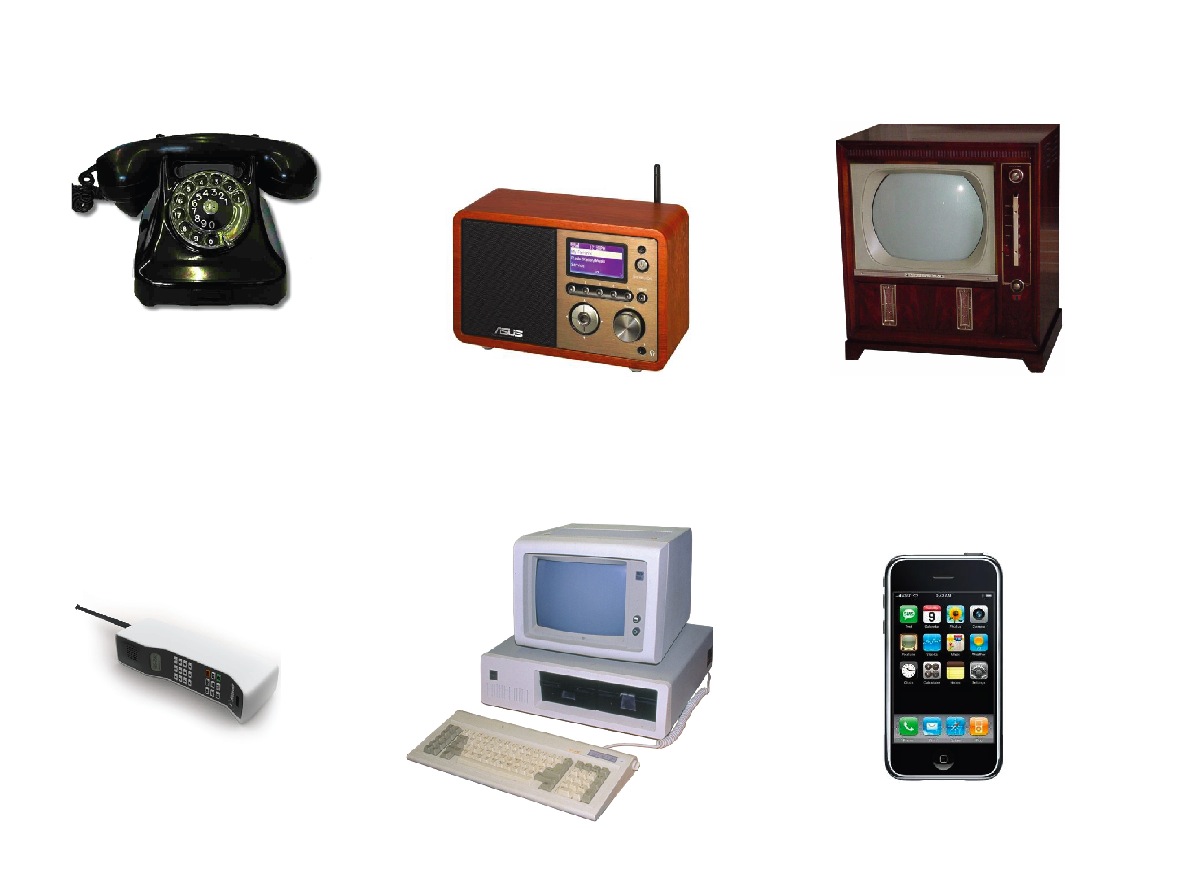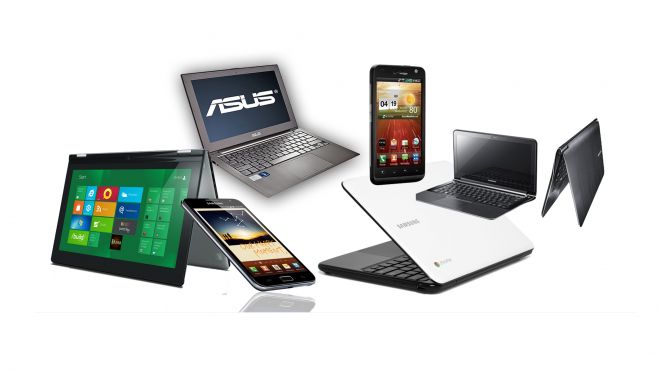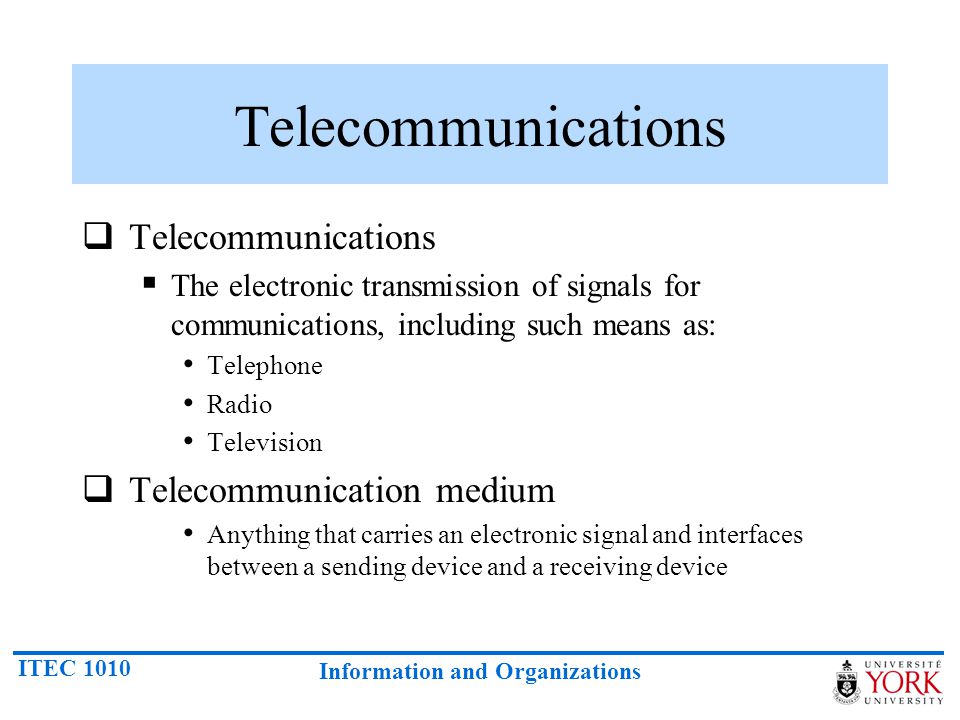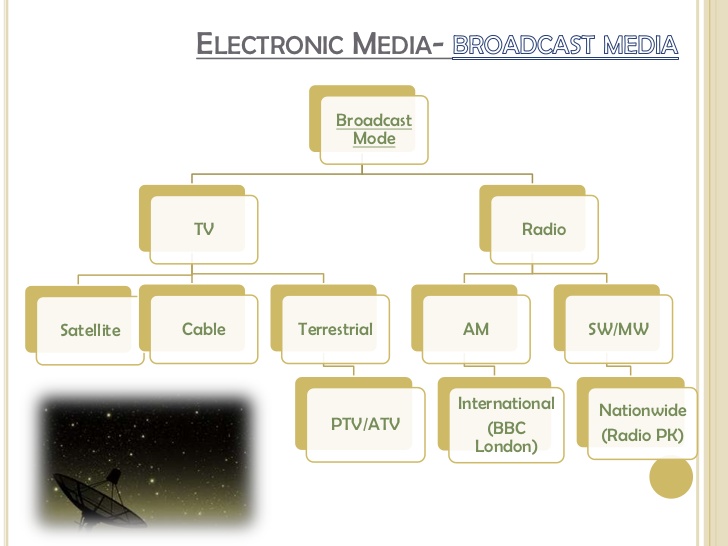1ST TERM
Posted: Mon Jun 22, 2015 2:46 pm
SCHEME OF WORK
WEEK TOPIC
1 Computer Appreciation (Practical session)
2 Technology of Different Information Ages:
(a) Different Information Ages and their tools:
(i) Stone Age (ii) Iron Age (Hoe and Cutlass) (iii) Middle Age (Feather, Pen and Ink)
3. (b) Different Information Ages and their tools:
(iv) Industrial Age (Machine) (v) Electronic Age (Computer and Internet age)
4 Data and Information:
(a) Meaning, Sources and Examples of
(i) Data – Types of Data; Classification of Data Information;
(ii) Information; Forms of Information, Advantages and Disadvantages of Oral Information; Advantages and Disadvantages of Written Information
5. Data and Information:
(b) Qualities of Good Information: (i) Accurate (ii) Meaningful
(iii) Comprehensive (iv) Relevant (v) Timely and (vi) Suitable
6. Information Transmission:
(a) Ancient methods of transmitting Information – Oral, beating of drums, fire lighting, town crying, whistling, drawing diagrams, making representation.
7. Information Transmission:
(b) Modern methods of transmitting Information – Prints, telephone, telex, radio, television, fax, satellite, Internet, GSM
8. Information Transmission:
(c) Classification of means of transmitting information – Electronic, Non-electronic (d) Modes of receiving information – audio, visual and audio-visual.
9. Revision
WEEK TOPIC
1 Computer Appreciation (Practical session)
2 Technology of Different Information Ages:
(a) Different Information Ages and their tools:
(i) Stone Age (ii) Iron Age (Hoe and Cutlass) (iii) Middle Age (Feather, Pen and Ink)
3. (b) Different Information Ages and their tools:
(iv) Industrial Age (Machine) (v) Electronic Age (Computer and Internet age)
4 Data and Information:
(a) Meaning, Sources and Examples of
(i) Data – Types of Data; Classification of Data Information;
(ii) Information; Forms of Information, Advantages and Disadvantages of Oral Information; Advantages and Disadvantages of Written Information
5. Data and Information:
(b) Qualities of Good Information: (i) Accurate (ii) Meaningful
(iii) Comprehensive (iv) Relevant (v) Timely and (vi) Suitable
6. Information Transmission:
(a) Ancient methods of transmitting Information – Oral, beating of drums, fire lighting, town crying, whistling, drawing diagrams, making representation.
7. Information Transmission:
(b) Modern methods of transmitting Information – Prints, telephone, telex, radio, television, fax, satellite, Internet, GSM
8. Information Transmission:
(c) Classification of means of transmitting information – Electronic, Non-electronic (d) Modes of receiving information – audio, visual and audio-visual.
9. Revision

